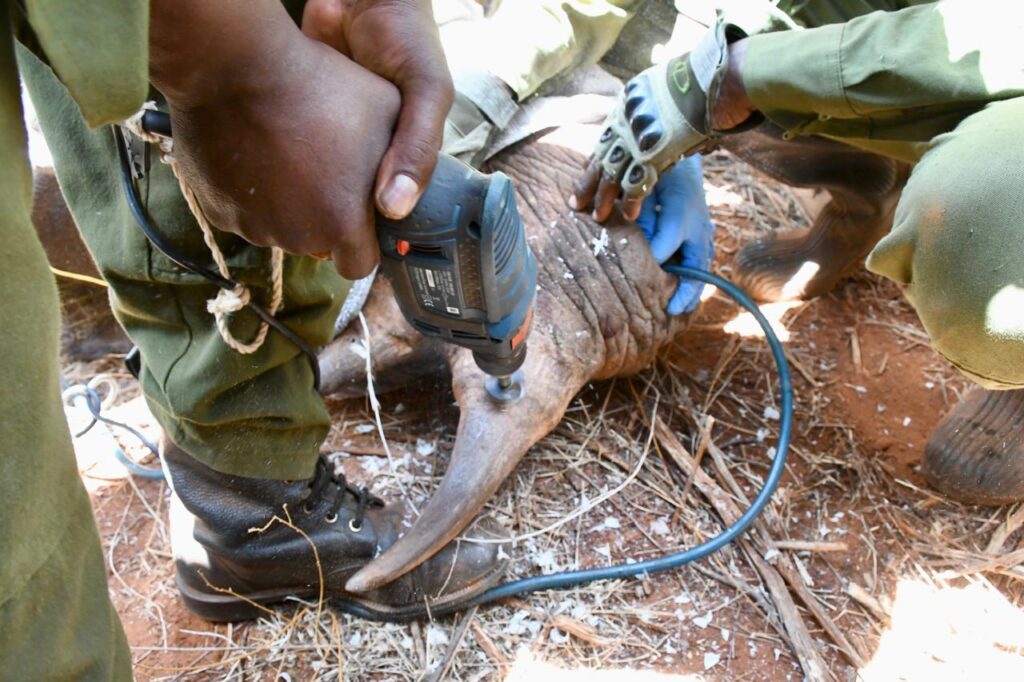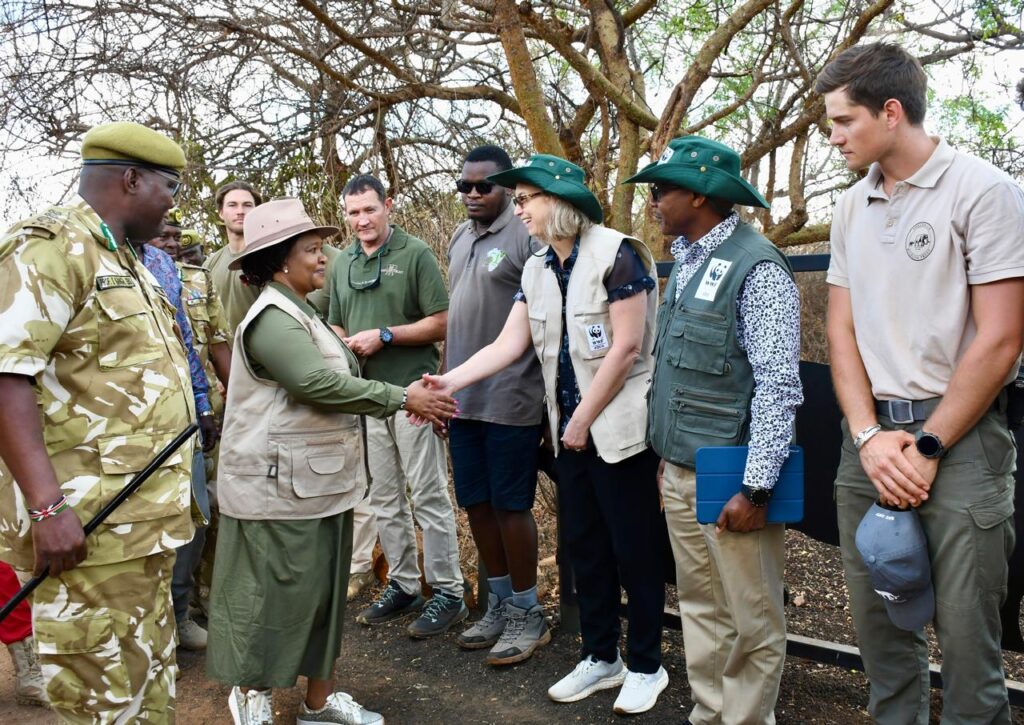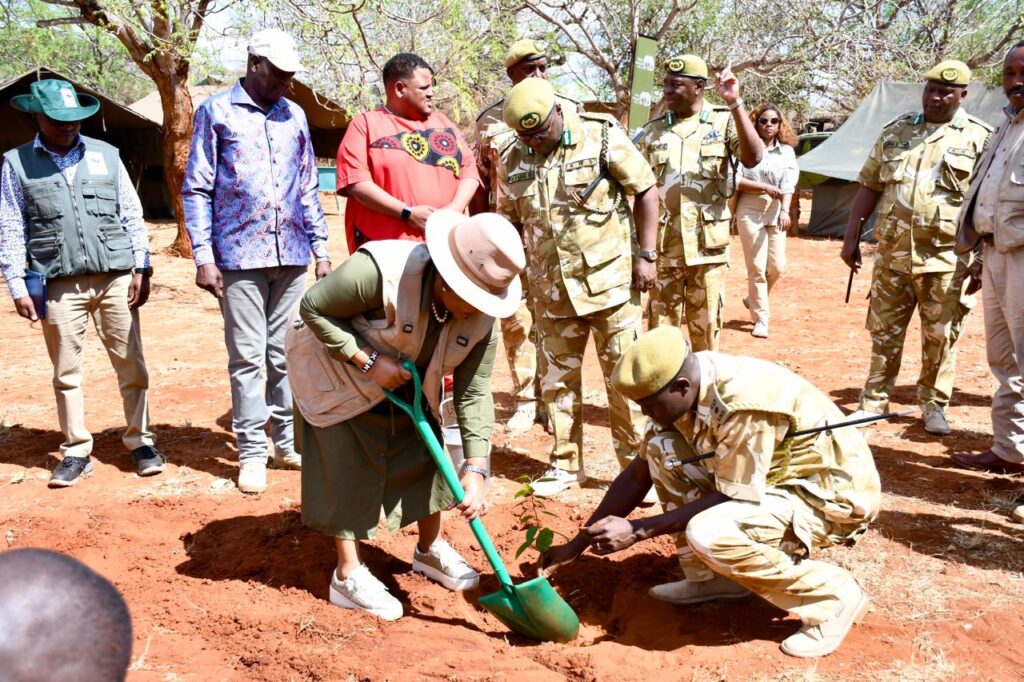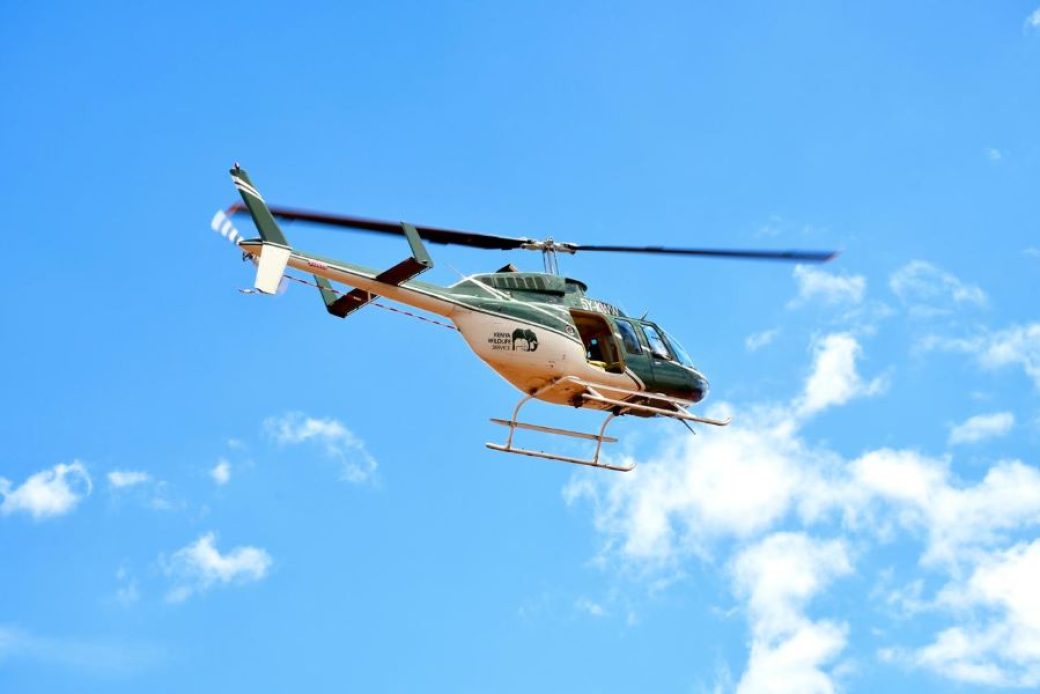Ear-Notching & Transmitter Fitting Exercise Aims to Enhance Protection & Monitoring Of Endangered African Black Rhinos
Tsavo, November 13, 2024 – Kenya has taken a significant step in its ongoing commitment to wildlife conservation with the launch of a major rhino ear-notching and transmitter fitting exercise in Tsavo West National Park. The initiative, aimed at improving the monitoring and protection of endangered African black rhinoceroses, is being carried out by the Ministry of Tourism and Wildlife, in partnership with the Kenya Wildlife Service (KWS) and various conservation organizations.
A Landmark Achievement In Rhino Conservation
The rhino ear-notching and transmitter fitting exercise is taking place within the Tsavo West Intensive Protection Zone (IPZ), a critical area for the protection of black rhinos. The event is part of Kenya’s broader efforts to boost the population of black rhinos and other endangered species through effective conservation strategies. Kenya’s national rhino population currently stands at 1,977 individuals, including 1,004 black rhinos and 971 southern white rhinos. Remarkably, this number also includes two remaining northern white rhinos, making Kenya one of the few places in the world where efforts to conserve these animals are ongoing. The success of these initiatives has positioned the country as a global leader in rhino conservation.

A Permanent Solution For Rhino Monitoring
One of the key components of the exercise is the ear-notching process, a permanent and non-invasive method of marking rhinos. This practice ensures that each rhino can be individually identified, which is vital for monitoring their health, behavior, and movements. This system allows for long-term tracking, providing conservationists with data on the rhinos’ movements and interactions, which is critical for making informed decisions about their care and protection. By combining ear-notching with the latest in transmitter technology, this initiative will provide invaluable data that will assist in the development of more effective strategies for rhino conservation and management.

A Future Of Conservation & Sustainable Tourism
The ongoing rhino conservation efforts not only play a critical role in protecting Kenya’s wildlife but also contribute to the nation’s thriving tourism industry. Tsavo National Park, along with other protected areas, draws thousands of international visitors each year, many of whom come specifically to see Kenya’s endangered rhino population. The conservation of rhinos, therefore, plays a vital role in sustaining Kenya’s tourism economy and promoting the country as a leading destination for wildlife enthusiasts.

 CLICK HERE to find out more about our WhatsApp Channel.
CLICK HERE to find out more about our WhatsApp Channel.
Call us today on Tel: +254724740527 to learn more about how our weekly digital marketing newsletter can help your business succeed.
You Can Also Get To Us Through Our Email Address: mansoor@goplacesonline.com
Follow us on our social media platforms:






